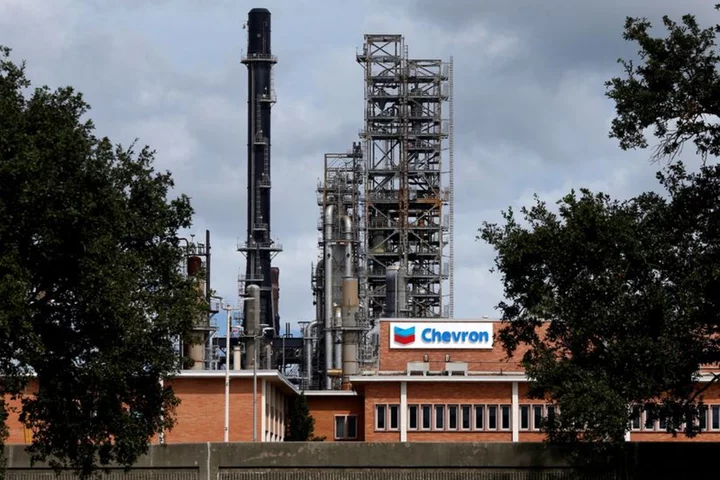By Ananta Agarwal
U.S. railroad operators expect heatwaves across the northern hemisphere to reignite coal shipments as people crank up the air conditioning to beat the heat.
Grid operators from Texas to California have been relying more on natural gas and renewables to generate power, but the surge in demand could push up natural gas prices and make thermal coal a viable source again, Union Pacific Corp said this week.
"Demand for coal is increasing again. And our customers are asking us to be able to handle more sets (volumes), which we love, and we're doing," Union Pacific CEO Lance Fritz told Reuters in an interview.
The surge in coal demand could be a shot in the arm for railroad operators that reported downbeat earnings in recent quarters on slowing shipping demand from across industries.
U.S. thermal coal exports in June-July rose to 5.780 metric tonnes from 5.350 during the same period a year earlier, data from analytics firm DBX Commodities showed.
CSX Corp, second largest U.S. public railroad operator by market value, expects "hot summers to provide a helpful tailwind" early in the current quarter, both internationally and domestically.
"We're getting a lot more interest ... given some of the heatwaves we're having," said the company.
CSX saw coal volumes grow 4% in the second quarter ended June from a year earlier.
S&P Global Commodity Insights analyst Shayne Willette said daily coal generation in the Lower 48 states jumped nearly 50% between June 1 and July 25, compared with a 20% rise in natural gas.
As of 2022, coal accounted for about 20% of total U.S. power generation, compared to 39.8% from natural gas and 22% from renewables, according to the Energy Information Administration (EIA).
But with coal demand set to decline by 50% by 2030 on a sustained clean energy shift, railroads face roughly $5 billion in lost revenues in the long term, a 2019 report by Moody's showed.
But this is a "very slow bleed," said Jeffrey Kaufman, analyst at Vertical Research Partners.
The EIA projected coal's share in U.S. power generation to drop from 20% in 2022 to 16% in 2023, and 15% in 2024.
This could hurt Union Pacific. The biggest U.S. public railroad operator by market value moves thermal coal almost exclusively for domestic power generation, said Ben Nolan, analyst at Stifel Investment Services.
(This story has been refiled to correct the dateline)
(Reporting by Ananta Agarwal and Abhijith Ganapavaram in Bengaluru; editing by Arpan Varghese and Shinjini Ganguli)









